If I were a pet owner…buddy, my guys would be living in style. Mod dog houses, pet beds, Eames dot collars, you name it. After all, they’d have to go in my house, which doesn’t contain a lick of traditional nor country.
But, I’m not a pet owner. I have quite strong allergies to most any creature, and so, my only option is to share the modernism with the little guys who live outside my house. And since there’s no way I’m doing anything kind to the squirrels and bunnies who snatch at my veggies, I’m looking to give some style to the birds.
So, I made a nice, low-slung mod bird feeder that echoes the long, low houses of Eichler-era California modernism, and you should too! Here’s how:
Materials and Tools:
- 5″ candle plate (available at the craft or home decor store)
- 1/32″ galvanized aluminum sheet, at least 7 x 4 3/4″
- 10-24 hardware:
- 2″ eye bolt
- threaded rod or long bolt (with the top cut off)
- 3x nuts and washers
- 1x locking nut
- 1/4″ hollow aluminum tube (hardware store or hobby shop)
- Saw for cutting metal: hacksaw, coping saw, angle grinder, etc
- Ruler, pencil, and masking tape
- Electric drill and drill bits
- Pliers
- Two-part metal epoxy, such as JB Weld
- Spray paint and primer
- Clamps (recommended)
Please note: My design was inspired by the by Marcel Wanders’ bird feeder for Droog Design. It’s a beautiful piece of work, but at $100, beyond my budget. Mine cost around $9.00.
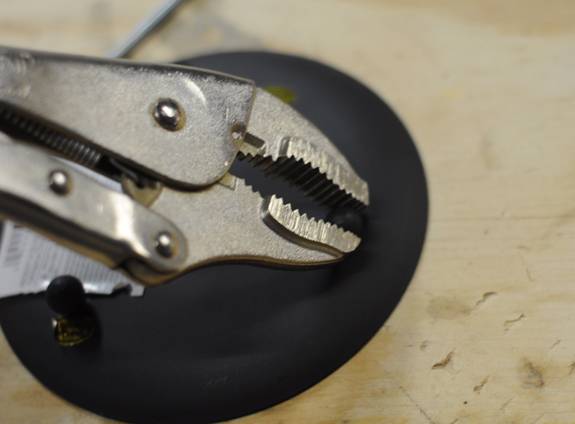
1. Begin by taking off the little feet from the candle plate. Mine snapped off easily with a little twist of some locking pliers. Or, I guess you could leave them on, if you wanted your feeder to sit atop a flat surface. Then, drill a 3/16″ hole in the center.
To find the center of the circle, check out this helpful guide from our eBook, Make It! Mid-Century Modern. Which, you will note, is on sale for a mere $5.00!
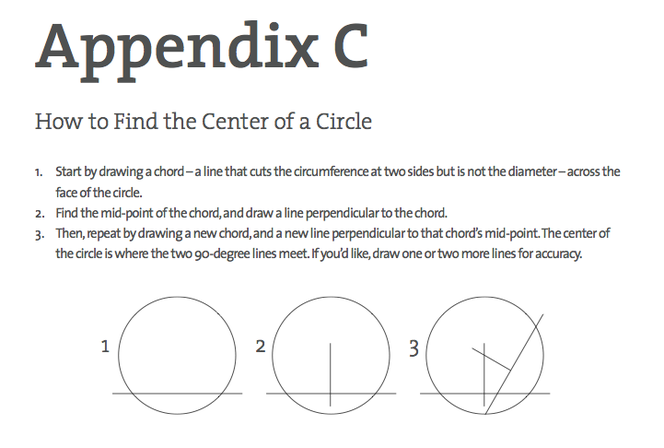
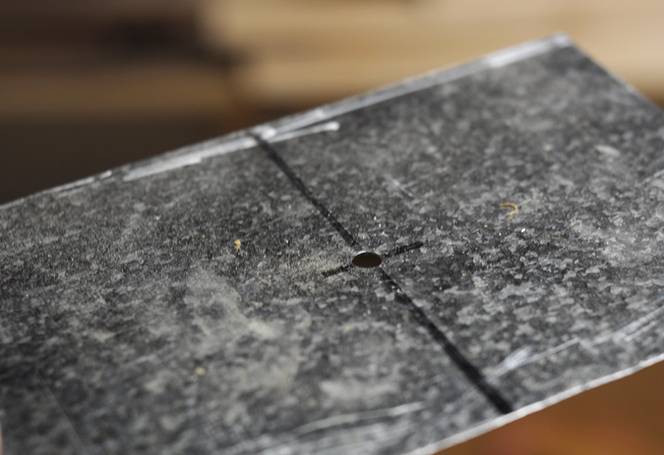
2. Cut the galvanized aluminum to it’s final size of 4 1/2″ x 7″. I like using a hacksaw with a bi-metal blade to cut metal, but you could try tin snips, a rotary tool, or whatever you have. They even make metal blades for handheld jig saws.
Then, drill a 3/16″ hole in the dead center of your roof. When drilling metal, go slowly and apply nice, steady pressure.
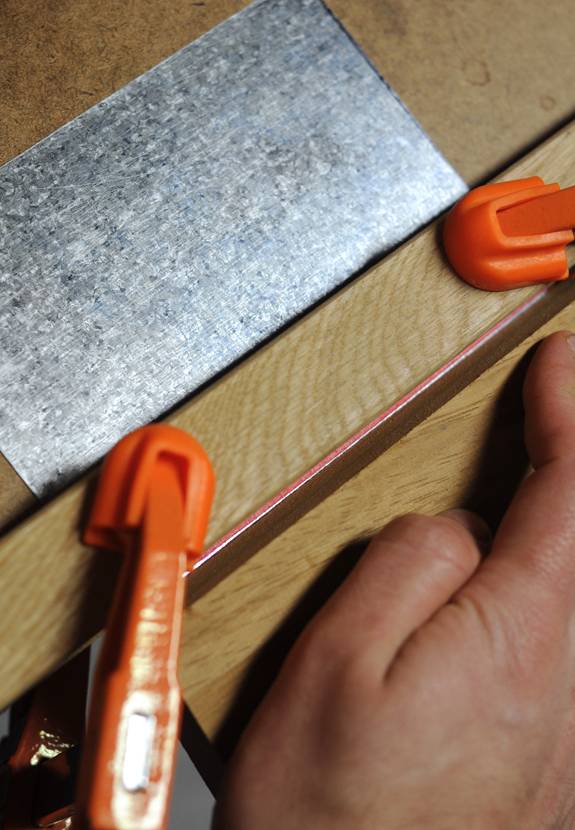
3. Find a nice sturdy straight edge, like a table or a workbench, and use the edge to bend your roof to about a 50-degree angle, right down the center. Using scrap wood and clamps to provide even pressure is recommended if you have the tools, but if not, no worries. Aluminum is soft and easy to bend.
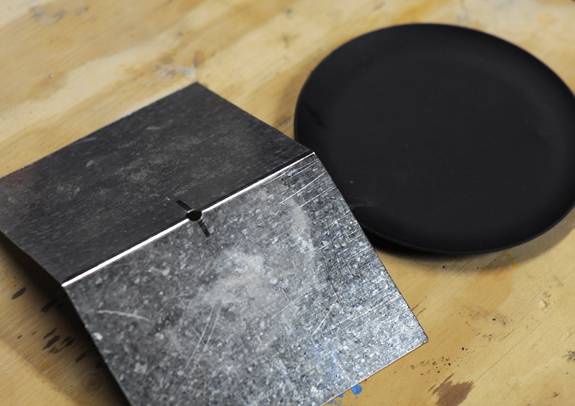
4. So, as this point you have your base and roof, and they just need to be held together. Begin by threading a nut all the way up the eye bolt and placing it through the top. Then, add a nut to wedge the roof in place (don’t go crazy with the tightening, you’ll be epoxying it into place later), and figure out how far away you’d like the base to sit from the roof; mine was about 2 1/2″. Cut your 1/4″ tube to this length.
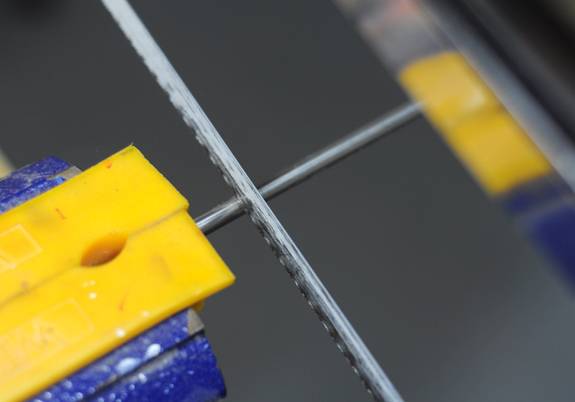
5. Then, place the hollow tube onto the eyebolt in the roof, and thread the bolt or threaded rod through the circular base. Add a nut and washer, and thread as much rod (or long bolt) through until it meets the eyebolt in the roof. So, the ends of the eyebolt and the threaded rod will touch end-to-end, and the tube goes on the outside of those, like a sleeve, to cover up the threads. Add the thickness of you locking nut, and cut the threaded rod to that length. Then, attach the rod onto the base using a nut and washer on the top, and the locking nut to hold it in place. As my tube was 2 1/2″, I cut the threaded rod to 2″.
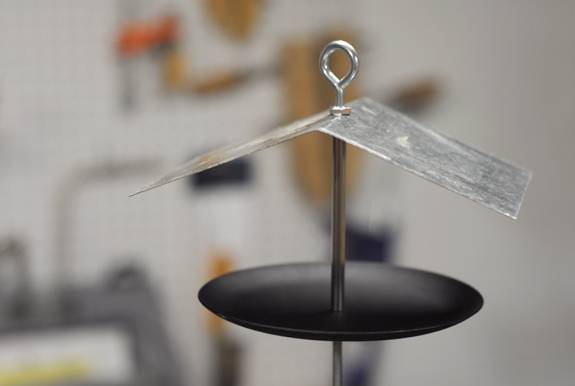
6. Assemble everything for a dry fit. If it looks great, mixup some epoxy, and add to all of the fasteners. Put epoxy on the nuts on top and below the roof, and along the threads, and glue on the tube. Then, add epoxy to the nut and washer on top of the base.
So, you’ll have two pieces:
- The roof with the eyebolt on top, and the hollow tube hanging down
- The base with the threaded rod sticking up
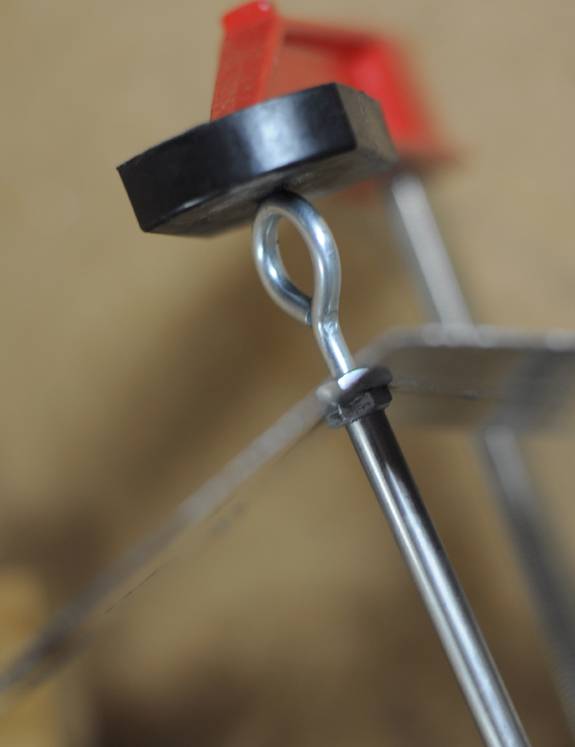
7. Using clamps while the epoxy sets is a great idea if you have them. Which you should, cause they make every DIY project easier!
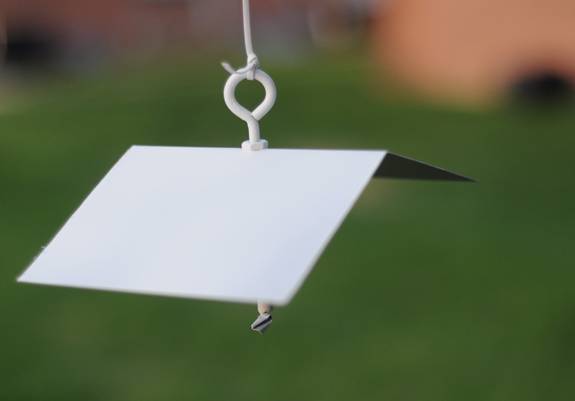
8. When the epoxy has set, spray both parts with a spray primer, and then your colors of choice. When the paint has dried, mix up a bit more epoxy, and spread it along the threaded rod, and then slip it into the tube. Remove and excess with a damp towel, and allow to set.
Add some seed, and hang it up!
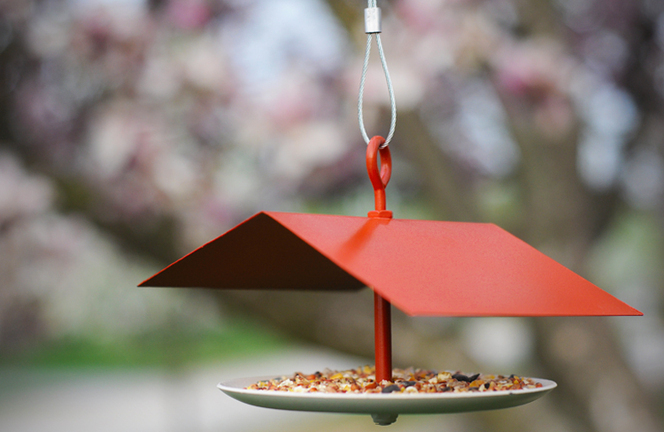
This design looks better than the one you modeled it after! Nice work!